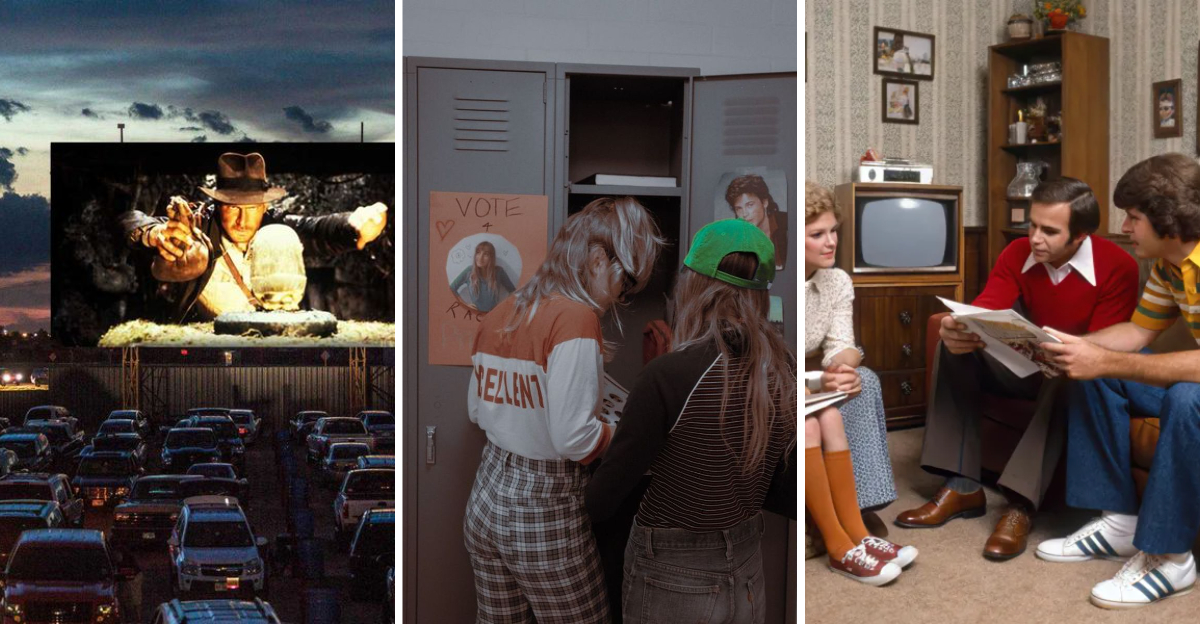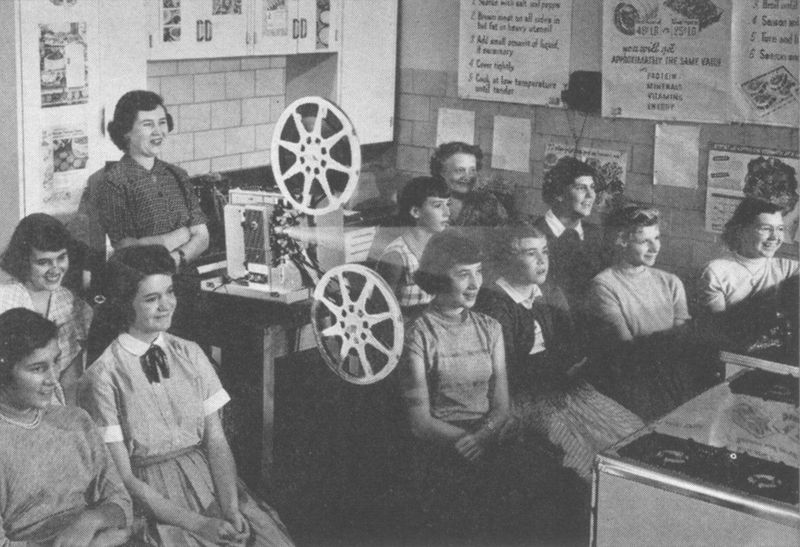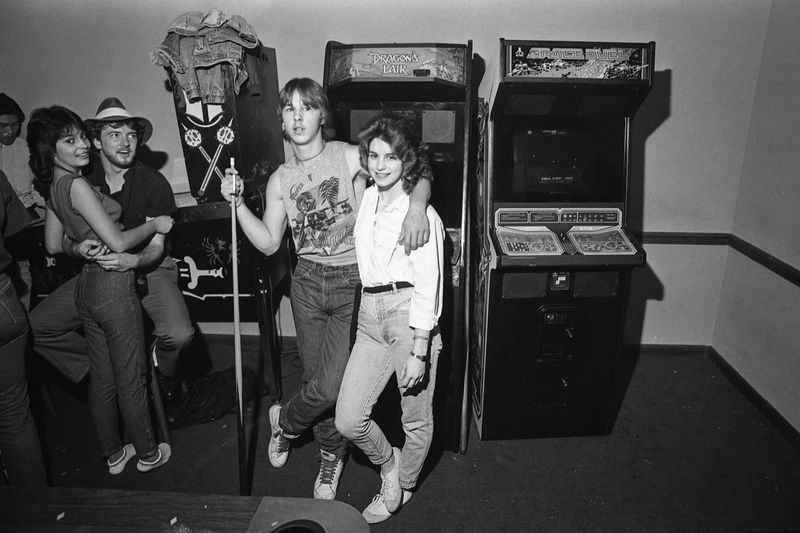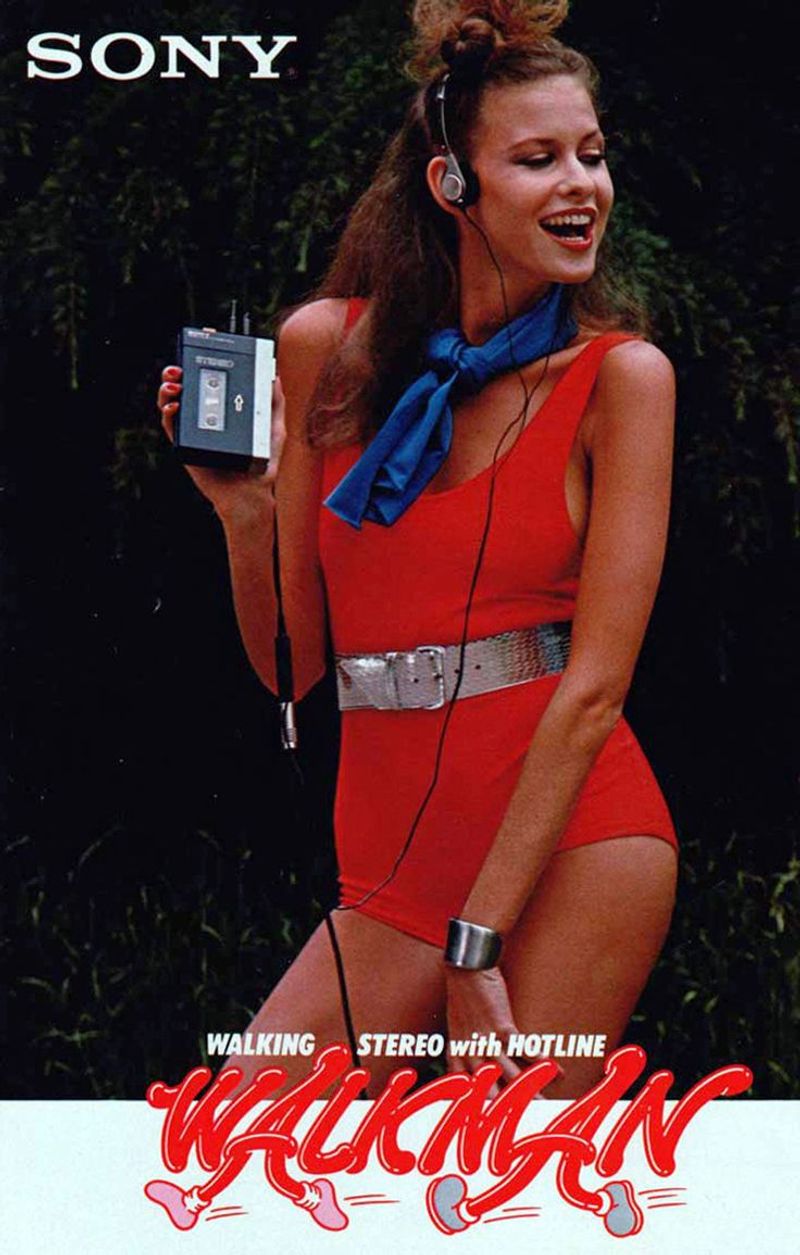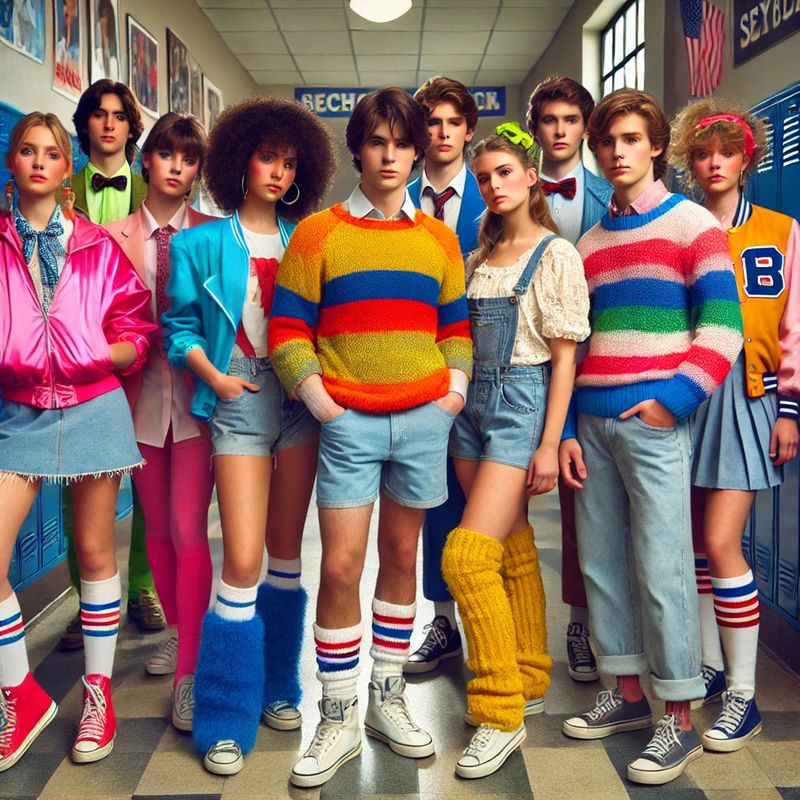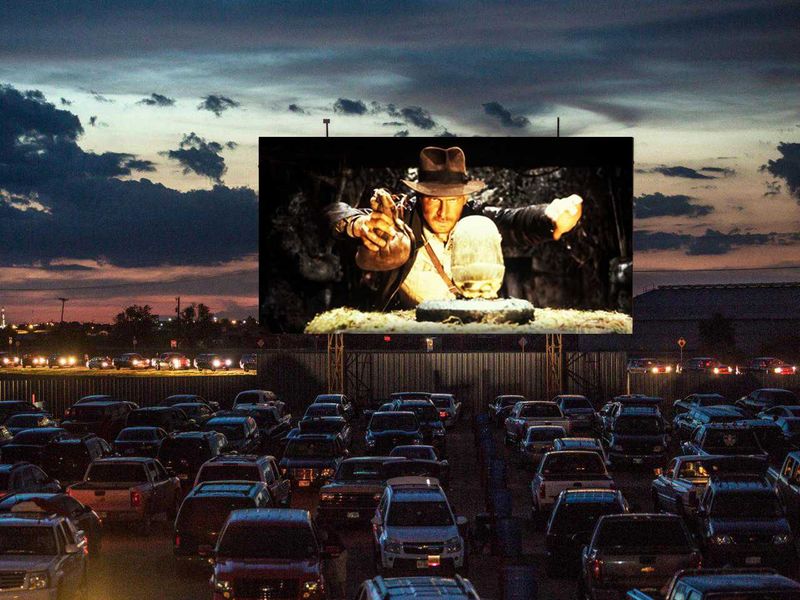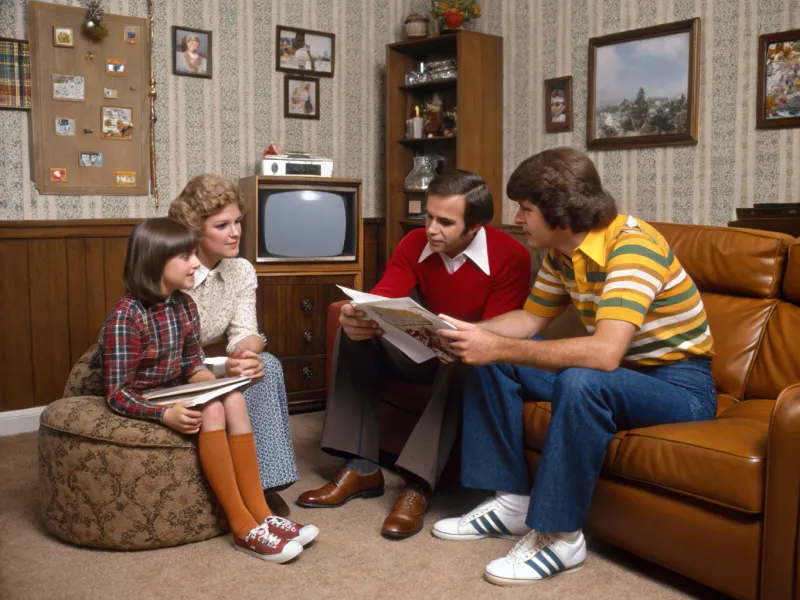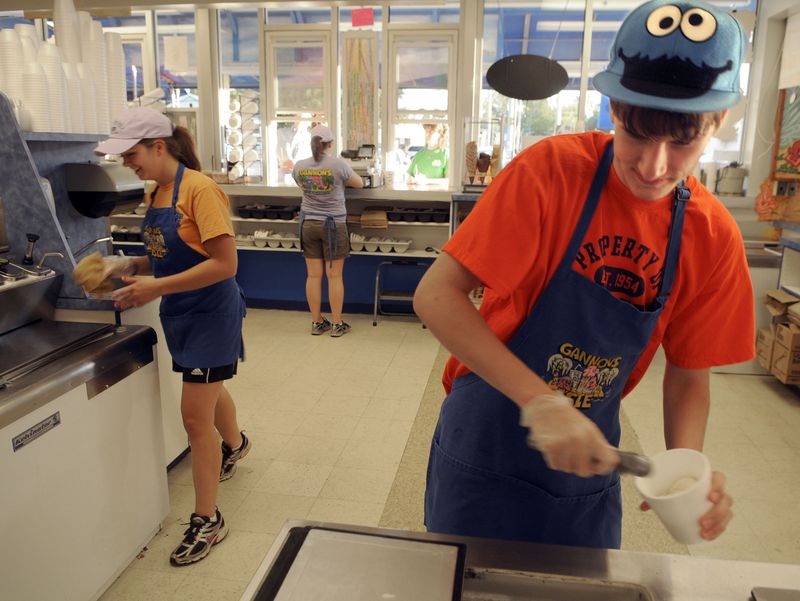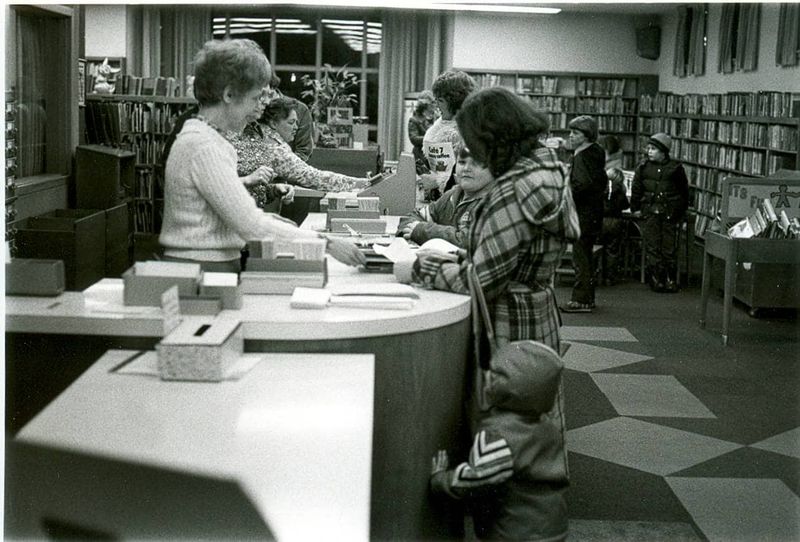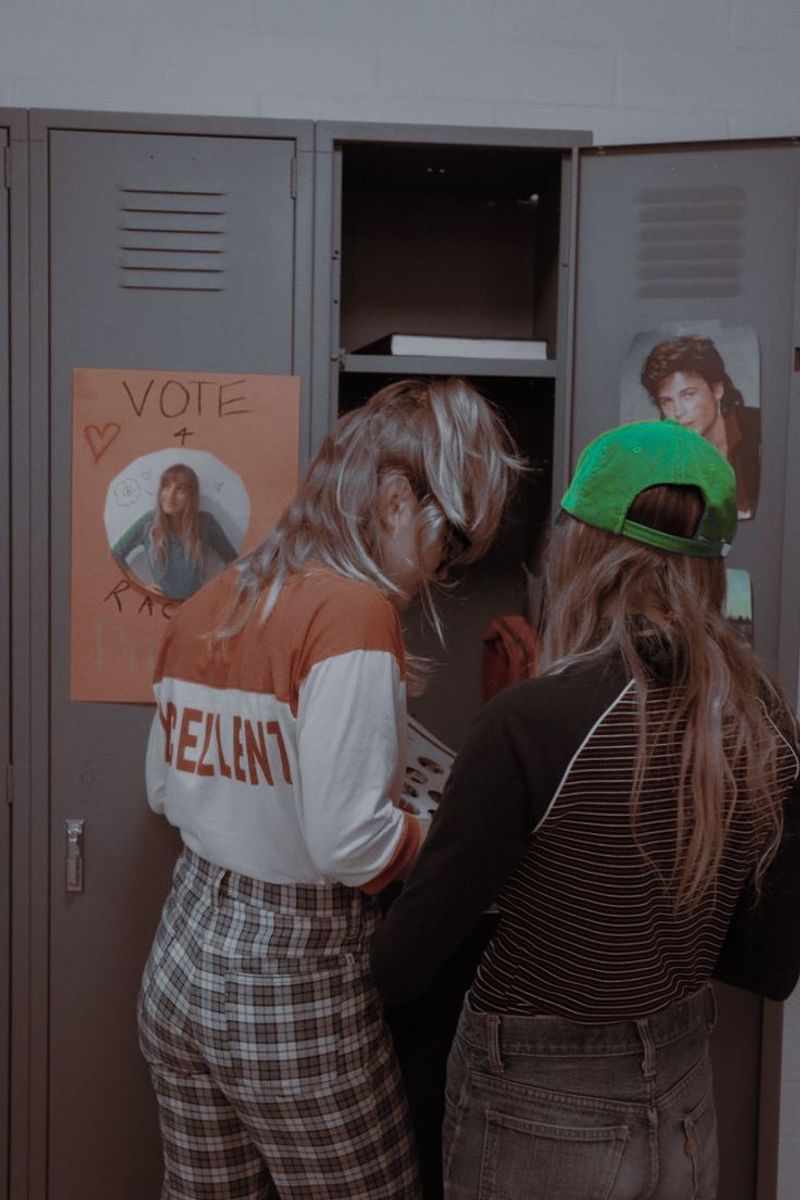Explore the vibrant contrast between high school life in the 1980s and the modern teen experience. This blog post delves into the cultural, technological, and social differences that have transformed the teenage landscape over the decades. From fashion trends to communication methods, discover how two distinct eras shape the lives of young individuals. Join us on this nostalgic journey to appreciate the unique and ever-evolving dynamics of teenage existence.
Communication Methods
In the 80s, communication was an art of patience. Teens relied on landlines, often with tangled cords, and handwritten notes passed discreetly in class. Conversations were more deliberate, often requiring scheduling to catch someone at home. Today, communication is instant and constant, thanks to smartphones and social media platforms.
Modern teens text, snap, and post in real-time, their lives broadcasted with immediacy. This shift has transformed interactions, fostering a culture of instant gratification and perpetual connectivity. While today’s teens relish in technological convenience, 80s teens cherished the anticipation of a phone call or a handwritten letter.
Fashion Trends
The 80s were synonymous with bold fashion statements. Teens donned neon colors, leg warmers, and oversized sunglasses, embracing a vibrant style reflective of the era’s exuberance. Fashion was a form of self-expression, with each outfit telling a story.
In contrast, today’s teens often prefer minimalistic and comfortable attire, influenced by streetwear brands and social media trends. The fashion landscape has shifted towards ease and adaptability, with a focus on individualism and sustainability. Despite the differences, both generations use fashion to express their identity and adapt to the cultural zeitgeist of their time.
Technology in School
In the 80s, classrooms were equipped with chalkboards and overhead projectors, tools that required creativity and imagination. Learning was tactile and interactive, with students often relying on physical textbooks and handwritten notes.
Today’s classrooms are technology-driven, featuring tablets, interactive whiteboards, and digital resources at students’ fingertips. The digital revolution has transformed education, making information more accessible and learning more engaging. While modern tech offers remarkable resources, the 80s fostered a hands-on approach that encouraged collaboration and resourcefulness in an analog world.
Social Hangouts
In the 80s, social hangouts often revolved around arcades and malls, where teens met to play video games, shop, or simply socialize. These venues were central to teenage social life, offering spaces to connect in person.
Today, while cafes and shopping centers remain popular, online platforms and gaming sessions at home have become prevalent. Modern teens often hang out virtually, chatting and gaming with friends worldwide. This evolution reflects the broader changes in social interaction, with technology enabling new forms of connection while still valuing face-to-face experiences.
Music and Media
Music consumption in the 80s was a tactile experience. Teens listened to vinyl records, cassettes, and the iconic Walkman, creating personalized soundtracks for their lives. Music was shared through mixtapes, capturing emotions and memories.
Today, music streaming services offer vast libraries accessible instantly. Modern teens create playlists with a few taps, sharing them effortlessly online. This shift has democratized music access, fostering diverse tastes and global influences. While the medium has transformed, the passion for music remains a constant, bridging generational gaps through shared rhythms and melodies.
Extracurricular Activities
Extracurricular activities in the 80s were community-centric. Teams practiced in gyms, and clubs met regularly, fostering in-person connections and teamwork. These activities were integral to the high school experience, shaping friendships and skills.
Today, while the essence remains, technology has enhanced coordination and creativity. Apps and digital tools allow for seamless communication and collaboration, enabling students to share performances globally. This integration of tech into extracurriculars reflects broader educational trends, balancing tradition with innovation to enrich the high school journey.
Dating and Relationships
Dating in the 80s was marked by in-person interactions, from drive-in movie dates to school dances. Relationships developed through face-to-face communication, creating a foundation of shared experiences and memories.
In contrast, modern teens navigate dating in a digital landscape, using apps and video calls to connect. While virtual tools offer convenience and broaden the dating pool, they also introduce new challenges in maintaining authentic connections. Despite these changes, the essence of teenage romance—exploration, excitement, and discovery—remains timeless.
Parental Involvement
In the 80s, parental involvement in education relied on physical report cards and parent-teacher meetings. Communication was direct and often face-to-face, fostering a close-knit relationship between families and schools.
Today, digital platforms provide parents with real-time access to academic progress, enhancing engagement and support. While technology has streamlined communication, it also requires balancing screen time with personal interaction. Both eras highlight the importance of parental support in shaping educational success, adapting to available tools to nurture student growth.
Part-Time Jobs
In the 80s, part-time jobs were often local, with teens working in fast food, retail, or babysitting. These roles provided valuable life skills and spending money, fostering independence and responsibility.
Today’s teens have diverse opportunities, including online freelancing and gig economy roles. This shift reflects technological advances, offering flexible work options and new skill sets. Despite the differences, the core values of financial independence and work ethic remain central to the teenage work experience, adapting to contemporary economic landscapes.
School Projects and Research
School projects in the 80s often involved trips to the library, with students poring over encyclopedias and books. Research required time, patience, and critical thinking, with limited resources shaping creativity.
Modern students access a wealth of information online, using digital tools to enhance research and presentation. This evolution has made knowledge more accessible, encouraging innovation and exploration. While the tools have changed, the essence of learning—curiosity, analysis, and discovery—continues to drive academic pursuits, bridging the gap between generations.
Personal Expression and Identity
In the 80s, personal expression was manifested through lockers decked with photos and journals filled with thoughts. Self-expression was intimate, shared with close friends and confidants.
Today, social media platforms offer modern teens broader canvases for self-expression, from curated profiles to digital art. While this shift opens up global connectivity, it also introduces challenges in privacy and authenticity. Despite these changes, the journey of self-discovery and identity exploration remains a pivotal part of the teenage experience, echoing across generations.
